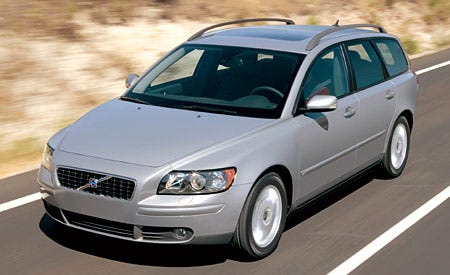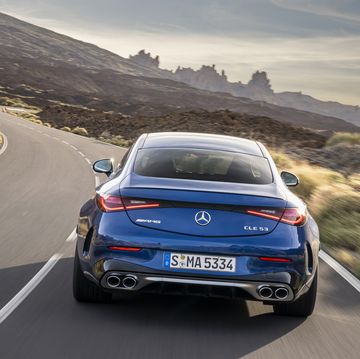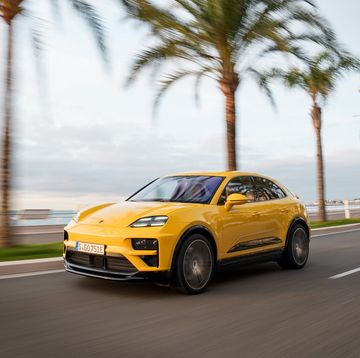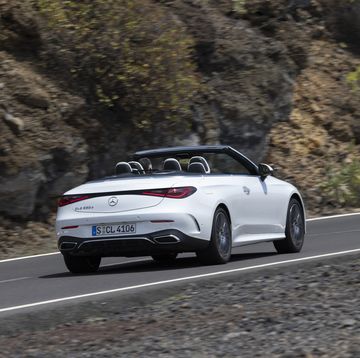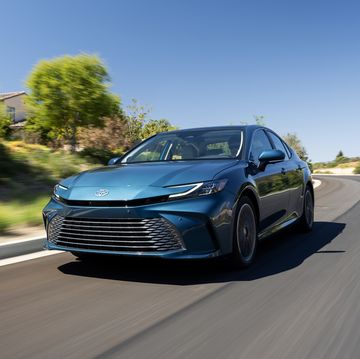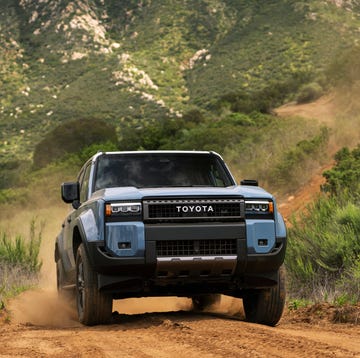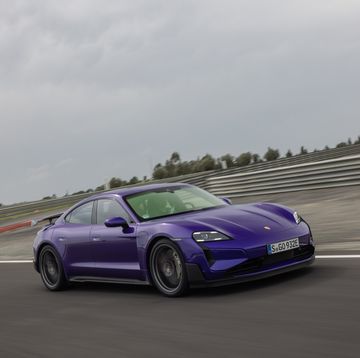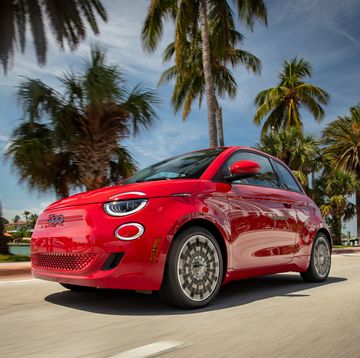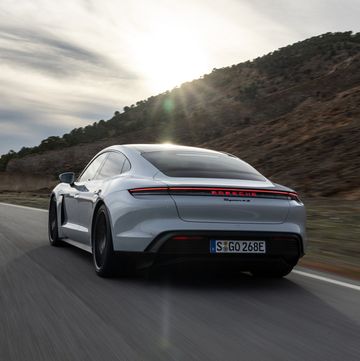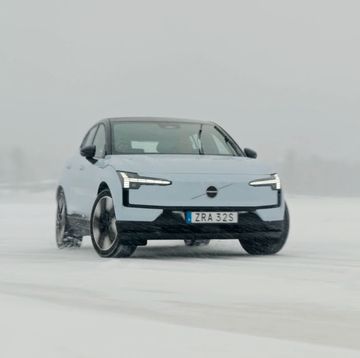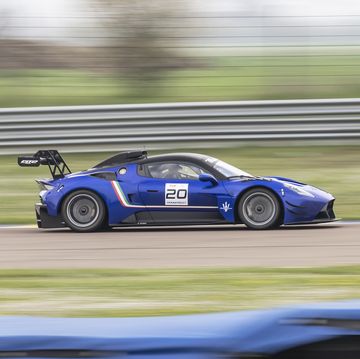In Europe, premium sport wagons are the thing. Audi, for example, sells more A4 and A6 wagons than it does sedans, and the BMW and Mercedes equivalents appear to be rising above a 25-percent share of sales. Volvo is famous for station wagons, essentially as practical load luggers. Now it wants some of this expanding business for "lifestyle" wagons, the more versatile five-door hatchback versions of sporty sedans. Volvo's new V50 is aimed directly at the Audi A4 Avant wagon.
The V50 is the wagon version of the latest S40 sedan (February 2004). Therefore, it has the same C1 architecture-parent company Ford's "global shared technologies"-used by the Mazda 3 and the new Ford Focus that will appear in Europe (but not America) this summer.
Like the S40, the V50 is a big step forward from the car it replaces, the V40. Although each of the C1 projects was developed separately, Richard Parry-Jones, Ford's global product-development chief, made it his business to ensure that the reputation for precise handling that he established with the original Focus carried through to these smallest Volvos, the second all-new models since Ford took the reins (the first was the XC90 sport-ute).
The S40/V50's style was directed by Peter Horbury, the Brit who is now executive director of design for Ford in North America. It seeks to emulate the class of a small BMW, and we think it goes most of the way to achieving that. Don't forget that Wolfgang Reitzle, once No. 2 at BMW and former head of Ford's Premier Automotive Group, saw Volvo as Ford's chance to challenge Audi and BMW.
Volvo chose to present the V50, coming so soon after the S40, in two combinations. One is the T5 AWD, with a 218-hp, 2.5-liter turbocharged five-cylinder engine; the other, a 2.0-liter diesel supplied by Peugeot that will not be offered in the U.S., natch. The base gas engine for the U.S. is a 168-hp, 2.4-liter inline five. Judging by the success of the bigger XC70, we think the T5 AWD will be popular in the U.S., where it will even have the XC70's black egg-crate grille.
In Europe, four-wheel drive-an electrically controlled center differential and clutch produced by Haldex and used in other Volvo sedans and wagons and widely used by Audi and Volkswagen-is a $1700 option. We reckon it's worth it, not because it makes the V50 a mud-slugging sport-utility-it doesn't-but because it provides extra security when driving on a loose surface or slippery wet road. The system quickly sends power to the rear wheels when front-wheel slip is detected. It neutralizes understeer and also the front-drive V50's tendency to exhibit torque steer when power is applied suddenly on an uneven road.
The V50 T5 comes with either the slick six-speed manual gearbox from the S60R or a five-speed Geartronic automatic. We like the manual; it feels much more eager than the automatic, which is geared higher overall-good for fuel economy but not for driver satisfaction. But even the manual version, behind 218 horsepower, doesn't feel as strong as we had expected.
This is a car that rewards the keen driver. The AWD model sits a bit higher than the front-drive models (to give room for the four-wheel-drive gear), but the suspension has been recalibrated to give the same good ride-and-handling compromise found in the front-drive S40.
The V50, like the S40, makes a big deal of its so-called floating center console that looks like a high-style audio component from Bang & Olufsen. The stack's face plate is offered in three different finishes that match the door handles and other trim items. The most adventurous is the transparent plastic Iced Aqua, which reveals the electronic components and fasteners behind it. Aesthetically, we didn't rate that a success, and anyway, it won't be offered here. The smartest-looking is the aluminum panel-real aluminum (the third finish is faux wood). Other innovations are "keyless drive"-a doubtful advantage as you still need to carry a bulky "passive authorization device"-and IDIS ("intelligent driver information system"), which monitors the level of driver activity and delays displaying nonessential information until a less distracting time.
Like its handling, the V50's accommodation is the same as the S40's. Space for passengers is adequate but not generous. The rear seats have a two-thirds, one-third split, and their backs simply fold down onto the cushions to enlarge the luggage area. With the seats down, the load volume is slightly more than in the V40 and Audi A4 Avant. But versatility rather than capacity is what matters in a sport wagon. Volvo says if you think of its V70 as a big suitcase, the V50 is a carry-on bag-for fast takeoff and landing.
